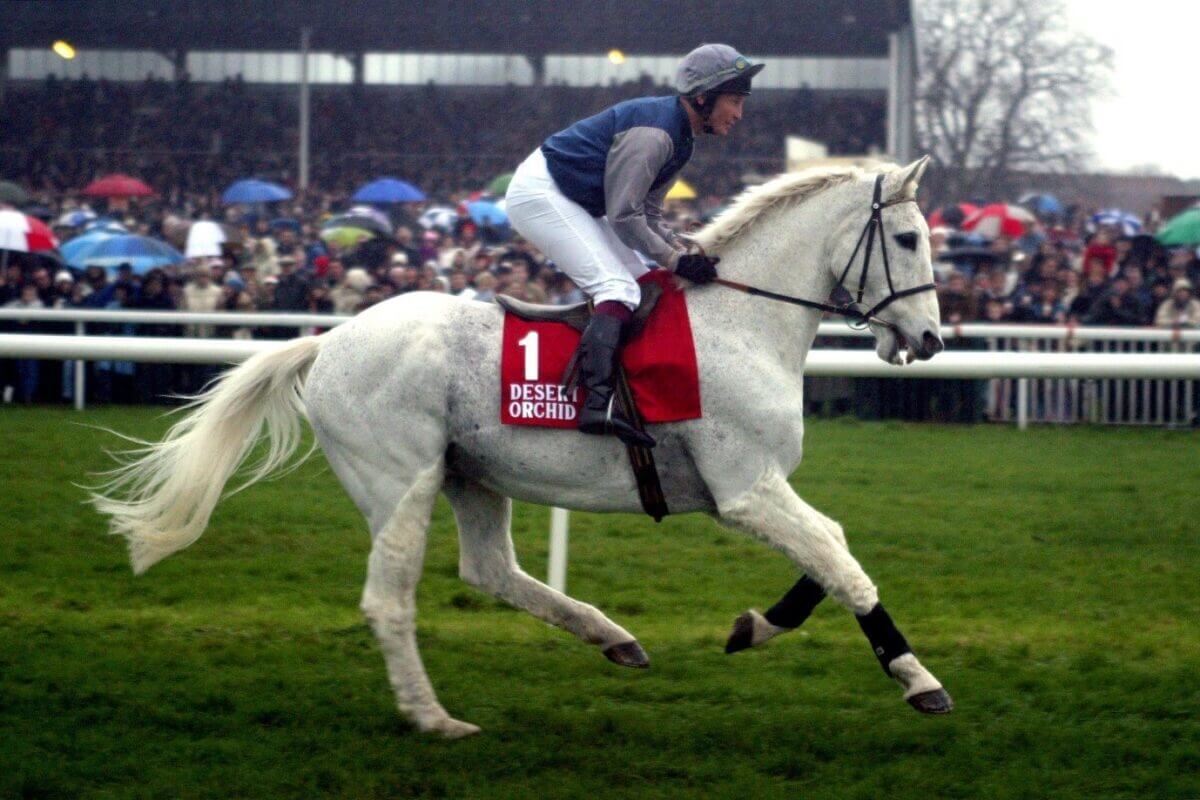
Guide On Choosing A Winning Horse With The Points Method
In his book, “The Art and Science of Picking Winning Horses”, author and handicapper James Hillis outlines a 12-point system for choosing a winning horse at the races. Though by the author’s own admission not a promise or a guarantee (so such system exists!), the 12-point system is probably as good a method as it gets for choosing winners.
Below is the system – as well as a summarised explanation of how to interpret the results.
Point 1 – Earnings
The first point (or step) deals with earnings. Allocate one point that horse in the race with the highest in average earnings per race over the most recent 12-month period. Every bettor should realise the importance of knowing their horses and being up to date with recent historical performances when betting online NZ.
Point 2 – More Earnings
Next, give one point to the horse with the highest average earnings per race when combining the results from the past year, with that of the previous year.
Point 3 – Winners
Step 3 – allocate one point to the horse that either won their last race, or finished within two lengths of the winner of their last race.
Point 4 – The Improvers
For the next step, give a point to those horses that improved during the free run. Horses that gained would be those that moved up a position at the stretch call when compared to the initial call.
Point 5 – Overall Gains
Next, award a point to the horses that bettered their position when comparing the position achieved in the first call of the most recent race, as compared to the first call of the race before the most recent race.

Point 6 – All About Speed
Give a point to those horses that were out in front at the first call. If none were, then give one point to the horse closest to first at first call. In the case of the latter, such point should only be awarded if the almost horse was no more than two lengths away from first.
Point 7 – More Speed
Step 7 – allocate one point to the horse who achieved the best speed rating from their most recent previous race.
Point 8 – Even More Speed
Next, consider the speed performances of all horses about to take part in a race as achieved over the past 60 days. But this time, leave out the results of the last race.
Point 9 – Top Weight
If weighing in at 116 pounds+, allocate a point to the horse weighing the most.
Point 10 – Bottom Weight
Next, do the same, only this time for the horse with the lowest weight, and only if weighing in at 110 pounds or less.
Point 11 – The Rule Of 10
Step 11 – allocate a point for each race run in the last 10 days.
Point 12 – The Break
Last of all, give the horse with the top speed rating in its last race a point. But only if it had a worse break in that race than in its second-last race.
The Interpretation
The good bet is the horse that has seven points or more, and is at the same time at least two points ahead of its closest rival.